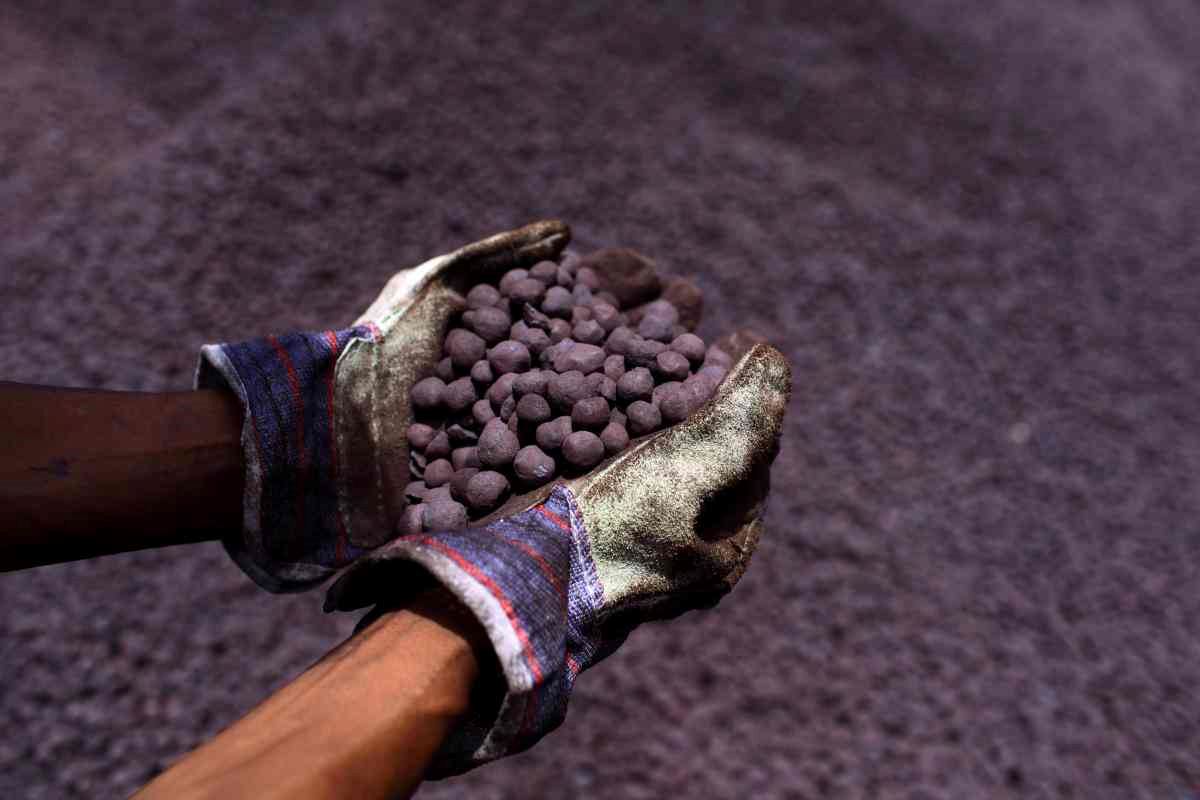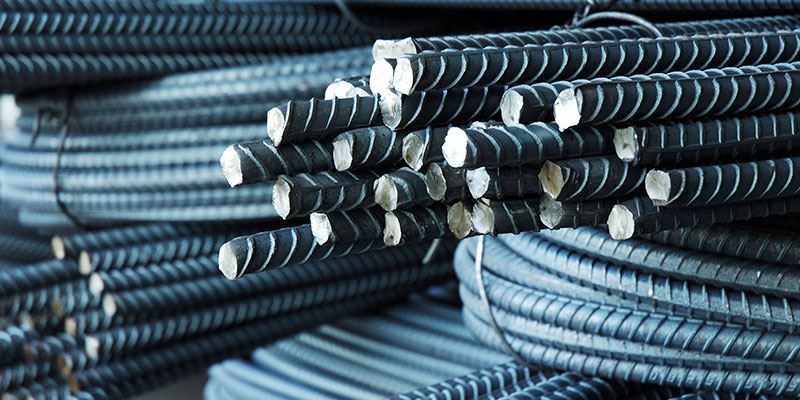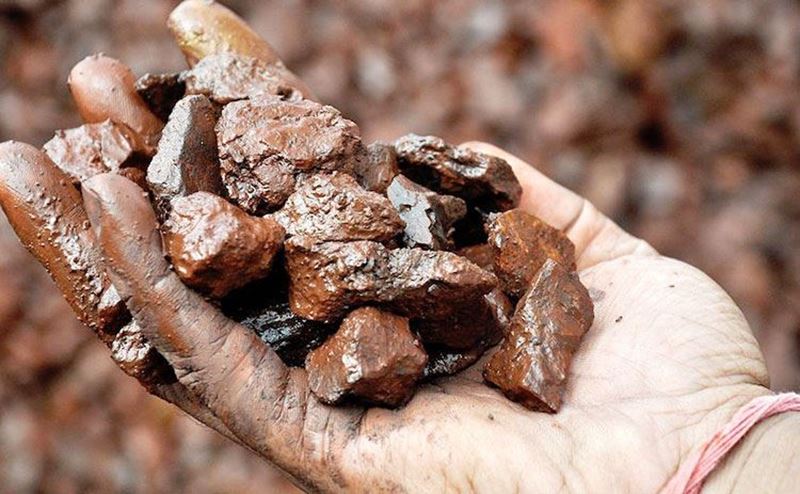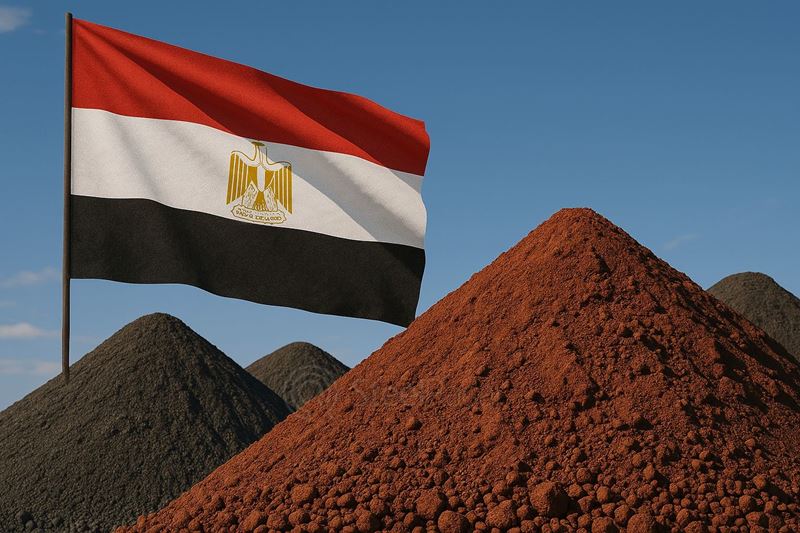Sponge iron, crucial for producing finished steel, is at risk as India, the world's largest sponge iron producer since 2003, grapples with a shortage of this key raw material. The shortage is attributed to extensive exports of iron ore, leaving minimal quantities for domestic use by secondary steel sector players.
Sponge iron manufacturers, lacking captive sources, typically rely on purchasing iron ore from merchant miners to meet their annual requirements of around 80-85 million tonnes. However, escalating exports and alleged practices by primary steel producers have exacerbated the situation, resulting in operational losses for the sponge iron sector due to insufficient iron ore availability and increased costs.
Industry associations, such as the Chhattisgarh Sponge Iron Manufacturers Association and the Karnataka Sponge Iron Manufacturers' Association, have called for government intervention. They urge a reduction in the export threshold for iron ore from the current 58% Fe grade to 54% Fe grade, arguing that it would better serve the needs of the sponge iron industry.
However, miners argue that exports mainly consist of low-grade iron ore below 58% Fe, which has limited domestic demand. They emphasize the necessity of exporting these low-grade ores to monetize surplus stock.
Iron ore exports surged in 2023 following the removal of export duties on ores with less than 58% Fe, reaching 44 million tonnes compared to 16 million tonnes the previous year. Despite this, iron ore production has not increased proportionally, leading to concerns amid rising steel production.
To address the crisis, industry experts advocate for urgent government action, including resolving pending litigations to expedite the reopening of closed mines since 2014. Additionally, there are calls for a ban on all forms of iron ore exports to alleviate the shortage and support the expansion plans of the secondary steel sector.









Comments
No comment yet.